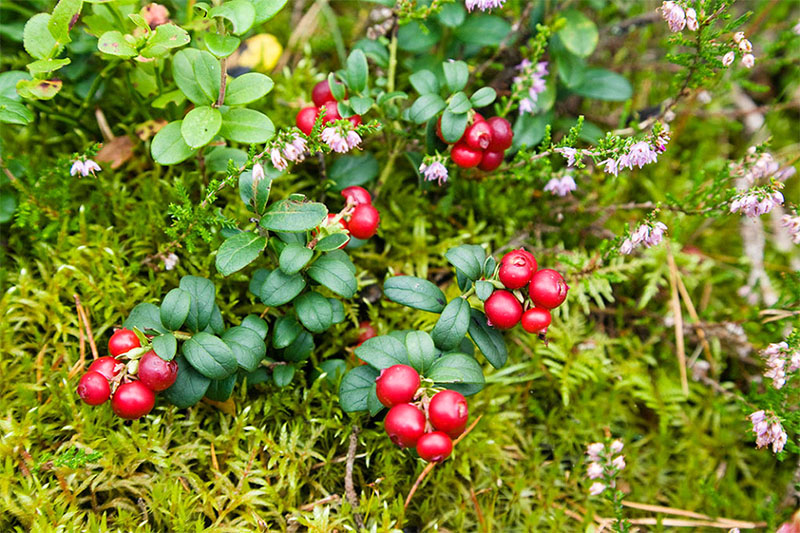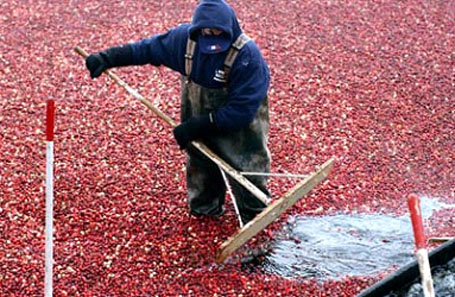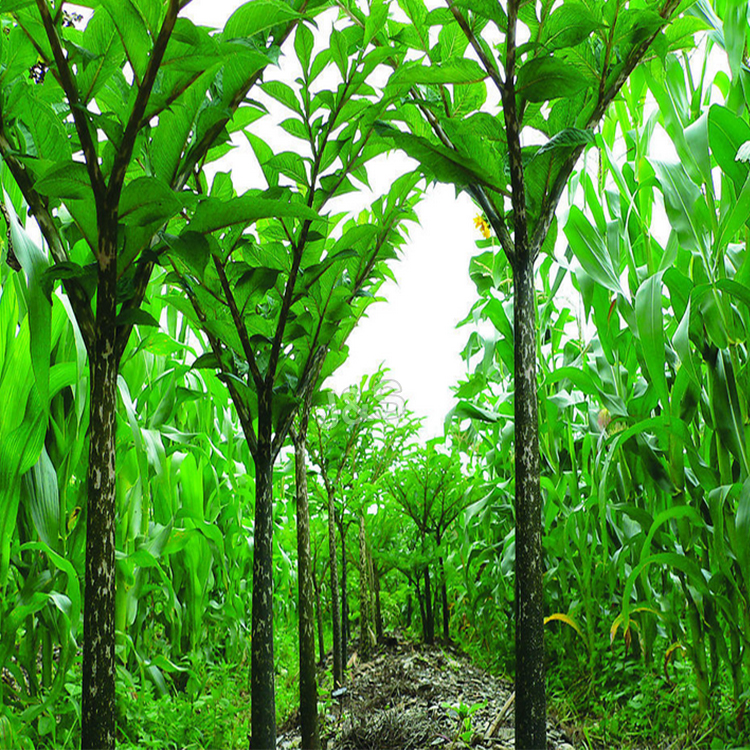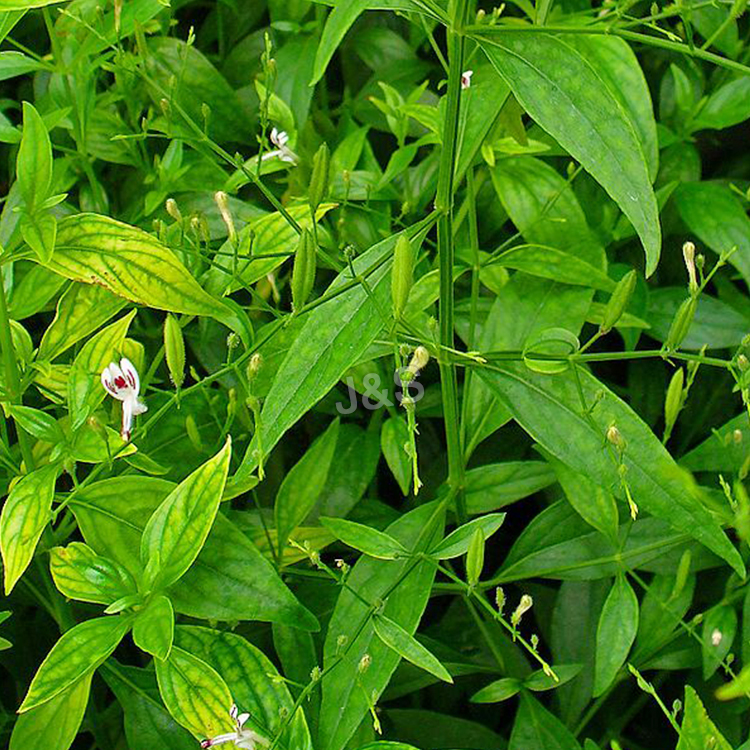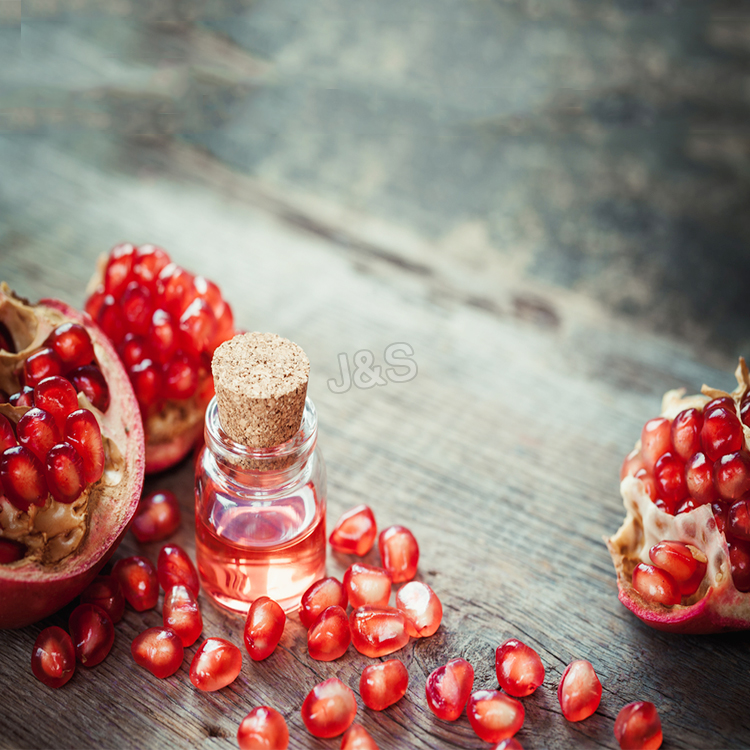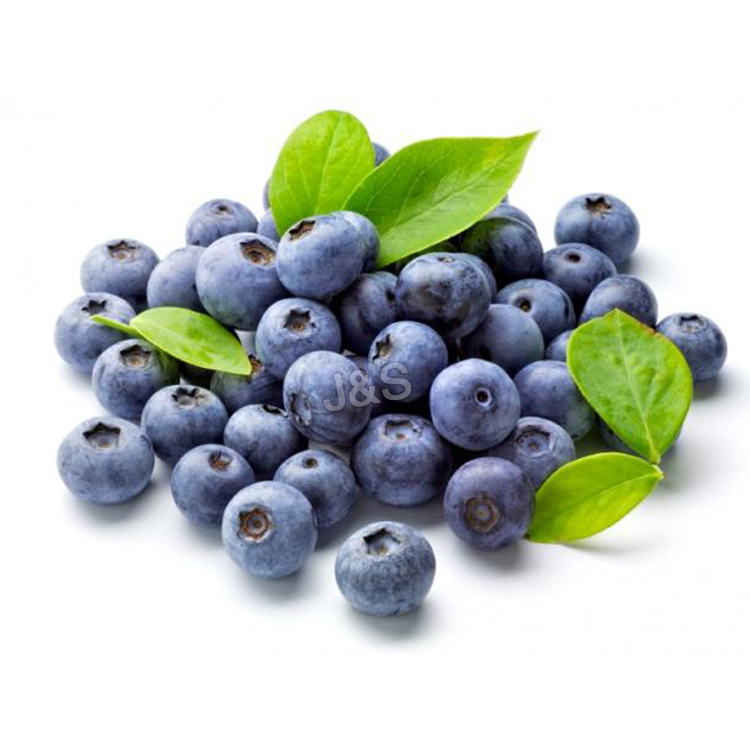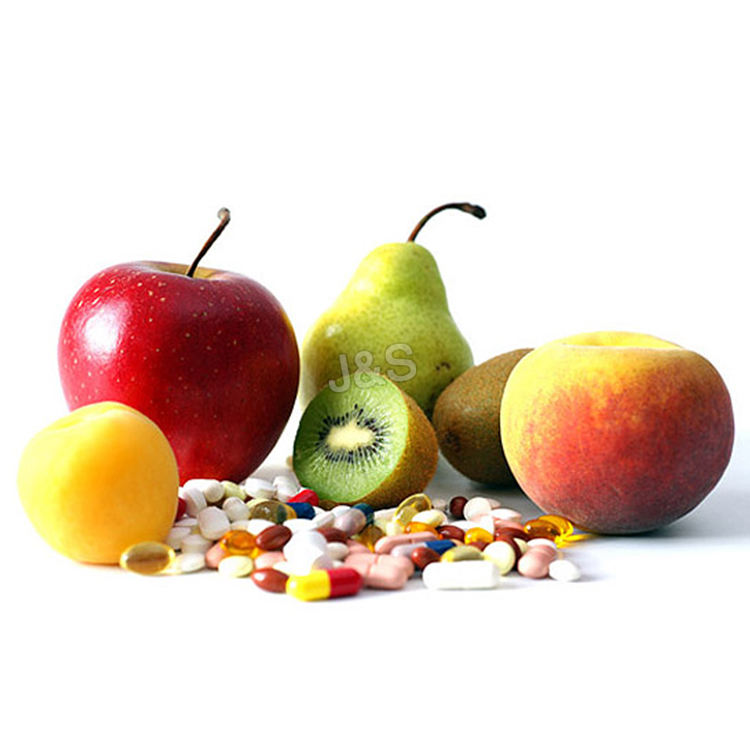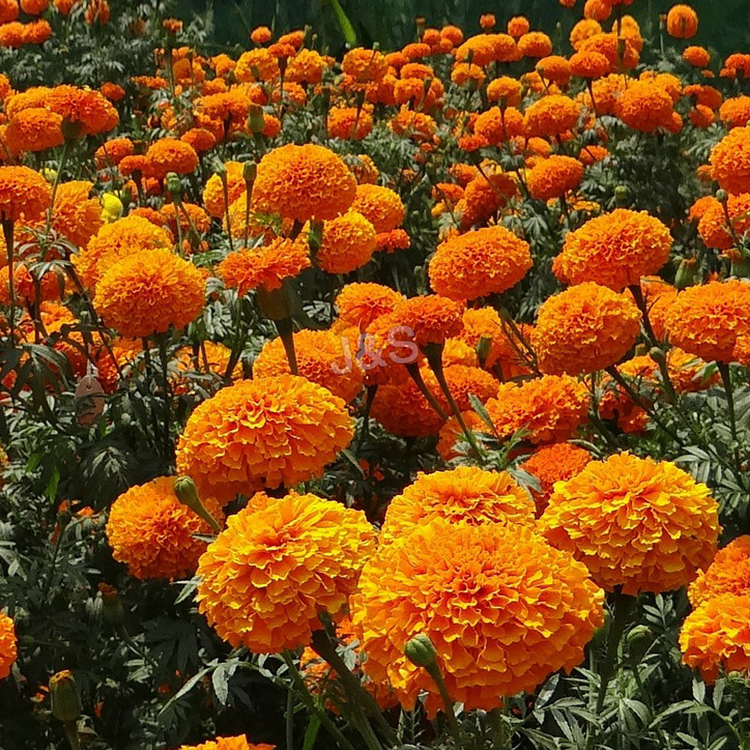OEM/ODM Supplier for Cranberry Extract Factory in Philippines
OEM/ODM Supplier for Cranberry Extract Factory in Philippines Detail:
[Latin Name] Vaccimium Macrocarpon L
[Plant Source] North America
[Specifications] 3% – 50% PACs.
[Test method] Beta-smith, DMAC, HPLC
[Appearance] Red fine powder
[Plant Part Used] Cranberry fruits
[Particle size] 80 Mesh
[Loss on drying] ≤5.0%
[Heavy Metal] ≤10PPM
[Pesticide residue] EC396-2005, USP 34, EP 8.0, FDA
[Storage] Store in cool & dry area, keep away from the direct light and heat.
[Shelf life] 24 Months
[Package] Packed in paper-drums and two plastic-bags inside.
[Gereral feature]
1. 100% extract from Cranberry fruit, passed ID test from the 3rd part like ChromaDex. Alkemist Lab;
2. Pesticide residue: EC396-2005, USP 34, EP 8.0, FDA;
3. The standard of the heavy mental is strictly according to the pharmacopoeia like USP, EP, CP;
4.Our company import the raw material directly from Canada and America;
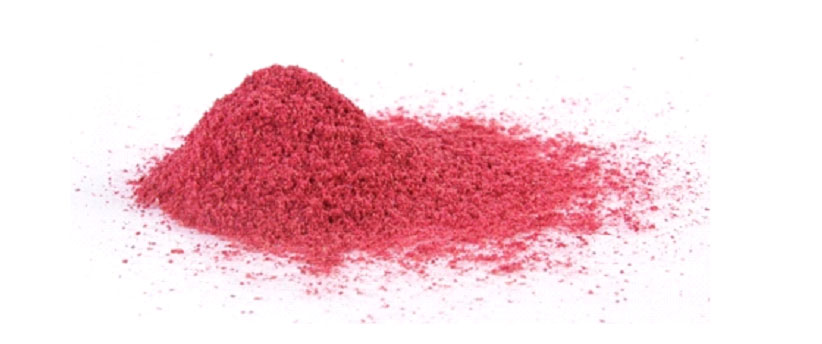
5. Good water solubility, the price is reasonable
[What is cranberry]
Cranberries are a group of evergreen dwarf shrubs or trailing vines in the subgenus Oxycoccus of the genus Vaccinium. In Britain, cranberry may refer to the native species Vaccinium oxycoccos,while in North America, cranberry may refer to Vaccinium macrocarpon. Vaccinium oxycoccos is cultivated in central and northern Europe, while Vaccinium macrocarpon is cultivated throughout the northern United States, Canada and Chile. In some methods of classification, Oxycoccus is regarded as a genus in its own right.They can be found in acidic bogs throughout the cooler regions of the northern hemisphere.
Cranberries are low, creeping shrubs or vines up to 2 metres long and 5 to 20 centimetres in height; they have slender, wiry stems that are not thickly woody and have small evergreen leaves. The flowers are dark pink, with very distinct reflexed petals, leaving the style and stamens fully exposed and pointing forward. They are pollinated by bees. The fruit is a berry that is larger than the leaves of the plant; it is initially light green, turning red when ripe. It is edible, with an acidic taste that can overwhelm its sweetness.
Cranberries are a major commercial crop in certain American states and Canadian provinces. Most cranberries are processed into products such as juice, sauce, jam, and sweetened dried cranberries, with the remainder sold fresh to consumers. Cranberry sauce is a traditional accompaniment to turkey at Christmas dinner in the United Kingdom and Thanksgiving dinners in the United States and Canada.
[Function]
UTI protection, Prevent and treat urinary tract infections
Guard against cardiovascular diseases
Eliminate eye fatigue, curing eye diseases
Anti- aging
Cancer risk reduction
Product detail pictures:
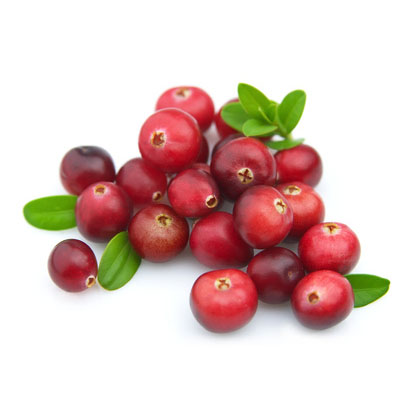
Related Product Guide:
We constantly carry out our spirit of ''Innovation bringing advancement, Highly-quality guaranteeing subsistence, Administration selling advantage, Credit rating attracting buyers for OEM/ODM Supplier for Cranberry Extract Factory in Philippines , The product will supply to all over the world, such as: Czech Republic, United States, Algeria, They're durable modeling and promoting effectively all over the world. Under no circumstances disappearing major functions in a quick time, it's a really should in your case of excellent good quality. Guided by the principle of "Prudence, Efficiency, Union and Innovation. the company make a terrific efforts to expand its international trade, raise its company profit and raise its export scale. We're confident that we've been planning to possess a vibrant prospect and to be distributed all over the world within the years to come.
Deer Antler Plus https://www.lnk123.com/SHE5A is a daily supplement men can take in order to overcome impotency issues. There are many different benefits that can be seen after taking this product every day, at two pills a day. Users should take the pills with a full meal in order for it to digest correctly. If men want to try something new, this supplement might be their answer because it uses ancient Oriental formulas to help really increase the sex drive and overall sex health of men.
The main active ingredient in this product is Deer Antler. That does not mean they cut the antlers off of deer and grind it into a supplement you take in the form of a capsule. This company takes the antler is a premature form and uses it as a potent aphrodisiac. This is a very humane method, and is natural at its best. No side effects are caused by Deer Antler Plus, and every ingredient used in this supplement work in different ways to make this product potent.
One huge benefit for men to take into consideration is that these pills can help to boost sperm count. This increase in sperm can help men to have more intense orgasms, and of course will make a man more fertile. The main benefit though is to boost energy and sex drive, and boost it safely.
Most pills use Yohimbe and Epimedium in order to help men to boost blood flow, which is a great method. Deer Antler Plus chooses to use this ancient formula that has been successful in Asia for centuries in order to do the same thing, and to really help men who have impotency problems.https://www.lnk123.com/SHE5A
deer antler plus reviews
deer antler plus review
male enhancer
natural male
natural male enhancer
male enhancer reviews
natural enhancement for men
https://FitBodyKitchen.com
The sales manager is very patient, we communicated about three days before we decided to cooperate, finally, we are very satisfied with this cooperation!
